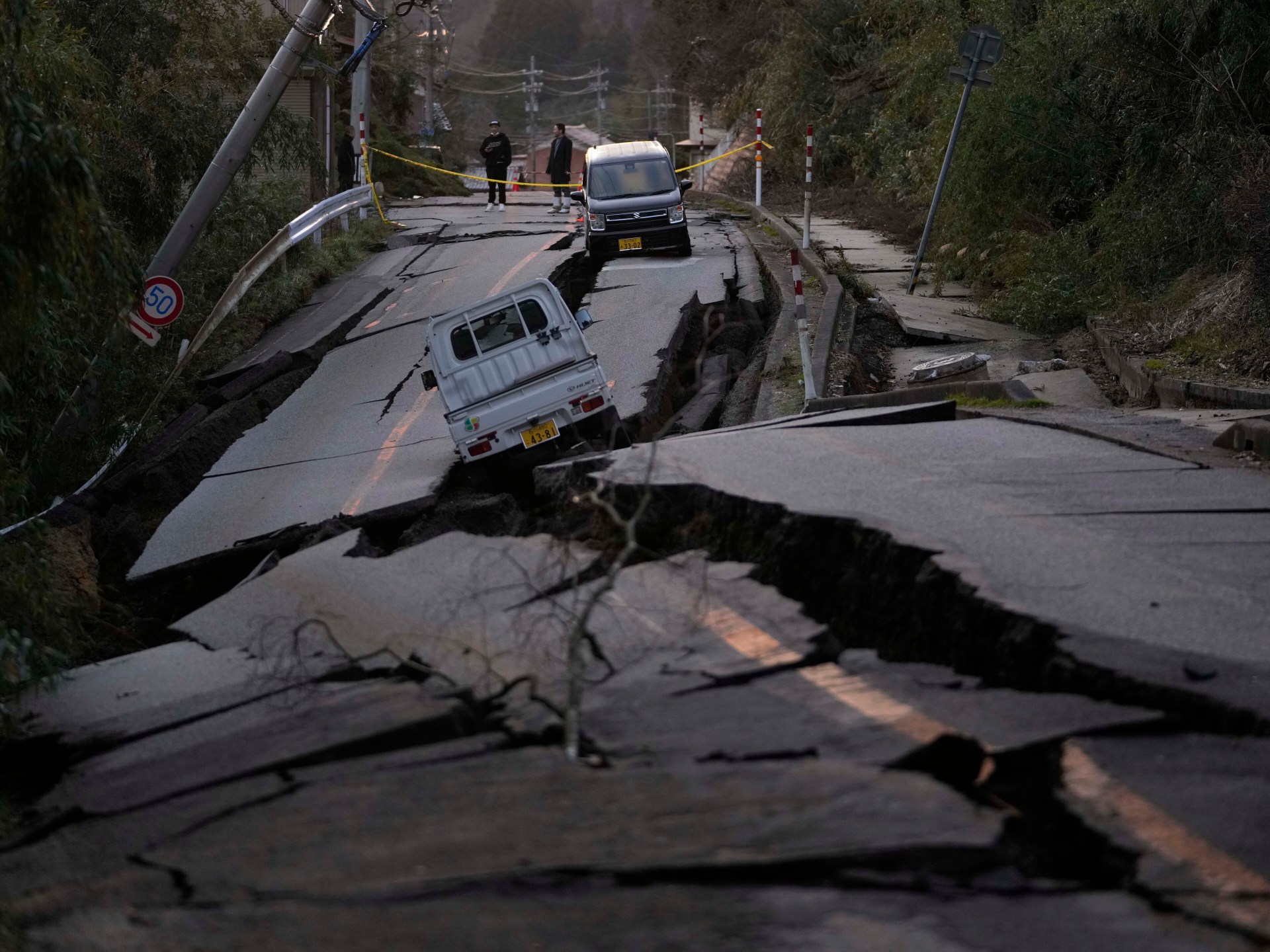**Intensifying Rescue Efforts in Japan After Devastating Earthquake**
The recent earthquake in Ishikawa prefecture, Japan, has brought about a devastating impact, with a rising death toll and numerous villages cutoff from essential relief. The magnitude-7.6 quake, which struck on Monday, has left a trail of destruction in its wake, flattening houses, triggering fires, and causing substantial damage to infrastructure. As rescue efforts intensify, it’s crucial to understand the challenges and the ongoing initiatives to aid the affected communities.
**Rising Death Toll and Ongoing Rescue Operations**
The regional government has confirmed 62 fatalities and over 300 injuries, with the potential for the death toll to rise further. The affected areas, particularly Suzu and Wajima City, have witnessed significant destruction, leaving almost no houses standing and around 90 percent of residences completely or almost completely destroyed.
The extensive damage has resulted in more than 31,800 people seeking shelter, with numerous households left without power and many cities experiencing water shortages. The Japan Meteorological Agency (JMA) has raised concerns about heavy rain, which could lead to additional complications such as landslides.
**Challenges Faced in Relief Efforts**
The aftermath of the earthquake presents significant challenges for rescue operations. The extensive damage to roads has made access to affected areas almost impassable, leading to the deployment of alternative means such as ships and helicopters to reach cutoff villages. Furthermore, the impending heavy rain further complicates the relief efforts, raising concerns about the increased risk of landslides, hampering the ongoing search and rescue missions.
The prompt and comprehensive response from various organizations, including local authorities, police, firefighters, and the Japan Self-Defense Forces, reflects the concerted efforts to alleviate the impact of the disaster. Despite the challenges, rescue teams are dedicated to reaching those in need of assistance and providing support to the affected communities.
**Japan’s Preparedness and Resilience in the Face of Natural Disasters**
While the recent earthquake has brought about significant devastation, Japan’s history of experiencing earthquakes has led to a degree of preparedness and resilience among its citizens. The country’s proactive approach to disaster preparedness, including public warnings, evacuation plans, and the presence of emergency supplies, has played a crucial role in mitigating the impact of natural disasters.
Moreover, Japan’s experience with previous earthquakes, including the catastrophic 2011 earthquake and tsunami, has contributed to ongoing efforts to enhance disaster readiness and response strategies. The collaborative approach between the general public and officials highlights the commitment to safeguarding lives and minimizing the impact of such calamities.
**Conclusion**
The aftermath of the earthquake in Ishikawa prefecture underscores the urgent need for coordinated rescue and relief efforts. Despite the challenges posed by extensive damage and the looming threat of heavy rain, the dedication and proactive response of rescue teams and the resilience of the affected communities remain central to the ongoing initiatives. As Japan continues to confront the aftermath of this disaster, the collective efforts and unwavering commitment to support those in need reflect the resilience and solidarity in the face of adversity.


